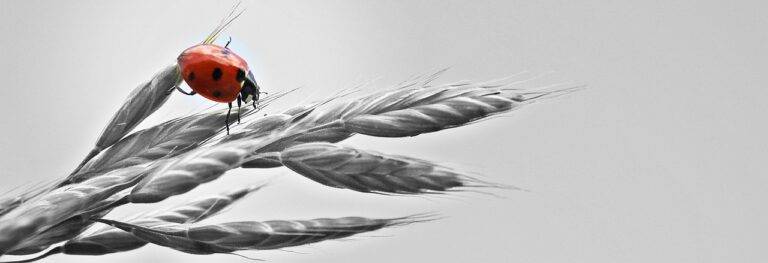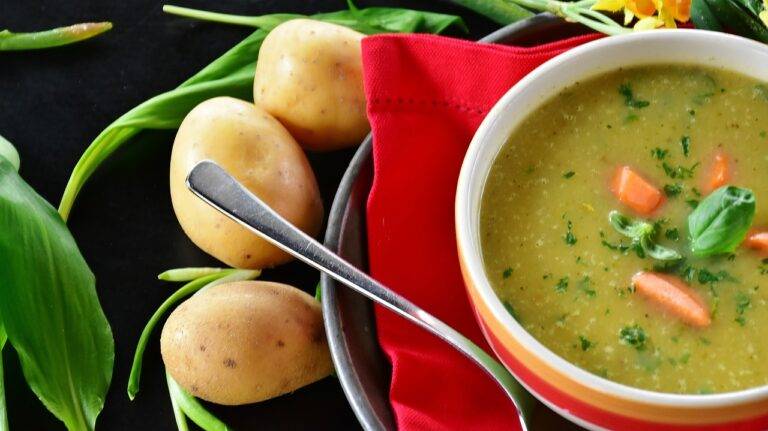The Art of Food Writing: Capturing Culinary Experiences
Descriptive language plays a crucial role in food writing by allowing readers to vividly imagine and experience the flavors, textures, and aromas being described. When a writer uses detailed and expressive language to paint a picture of a dish, it enhances the reader’s sensory experience and creates a deeper connection to the food being discussed. By incorporating specific adjectives, adverbs, and sensory details, food writers can evoke emotions, memories, and cravings in their audience, making the dining experience come alive on the page.
Moreover, descriptive language in food writing not only enhances the reader’s experience but also adds depth and richness to the culinary narrative being shared. When a writer carefully selects words that capture the essence of a dish, its origins, preparation methods, and cultural significance, they provide valuable context and insight that enriches the reader’s understanding and appreciation of the food being described. By using descriptive language thoughtfully and strategically, food writers can elevate their storytelling, engage their audience, and foster a deeper appreciation for the culinary world.
Exploring Different Food Writing Styles
Food writing encompasses a wide range of styles, each uniquely crafted to evoke specific emotions and sensory experiences in the reader. Some writers prefer a lyrical approach, using poetic language to describe the textures and flavors of food in a way that transports the reader to the dining table. These writers often rely on vivid metaphors and sensory details to create a rich and immersive reading experience.
On the other hand, some food writers opt for a more informative style, focusing on providing detailed descriptions of recipes, ingredients, and cooking techniques. Their writing is straightforward and to the point, prioritizing clarity and precision over poetic flourishes. This style is popular among readers who are looking for practical guidance and step-by-step instructions in the kitchen.
What is the importance of descriptive language in food writing?
Descriptive language plays a key role in food writing as it helps to paint a vivid picture of the flavors, textures, and aromas of a dish for the reader. It helps to engage the senses and evoke emotions, making the reader feel as though they are actually tasting the food.
How can descriptive language enhance a food writer’s storytelling?
By using descriptive language effectively, a food writer can create a sensory experience for the reader, making them feel more connected to the food being described. This can help to create a more engaging and immersive storytelling experience.
What are some different food writing styles that writers can explore?
Some different food writing styles include recipe writing, restaurant reviews, food memoirs, food essays, and food journalism. Each style has its own unique approach and focus, allowing writers to explore different aspects of the culinary world.





